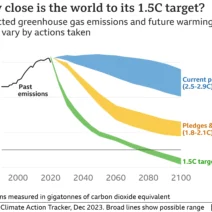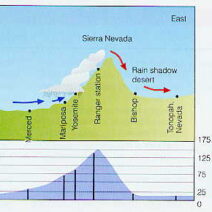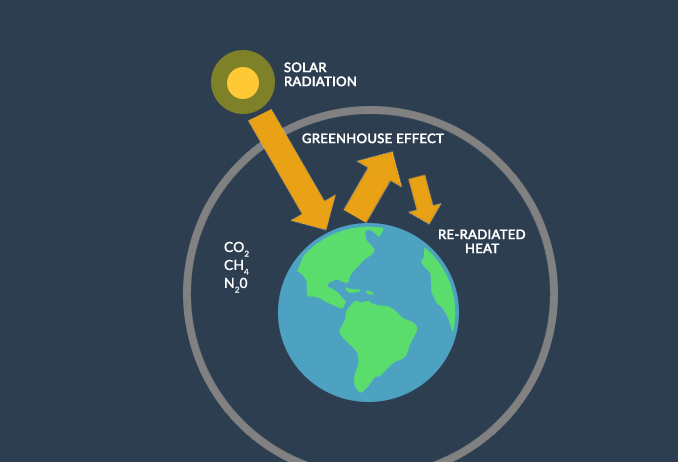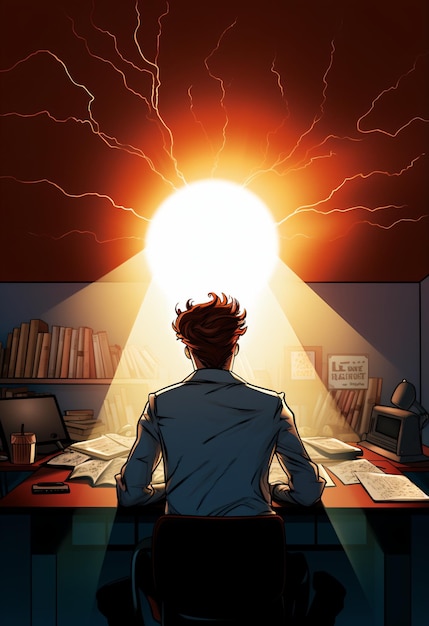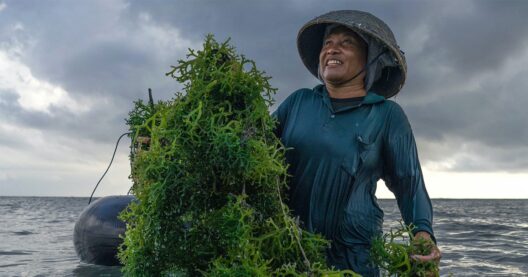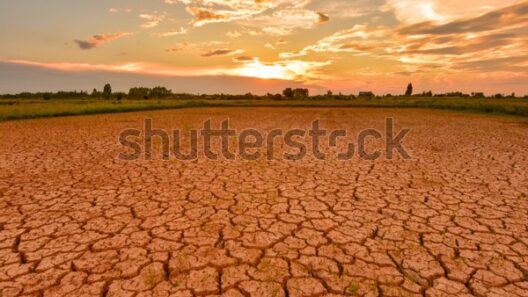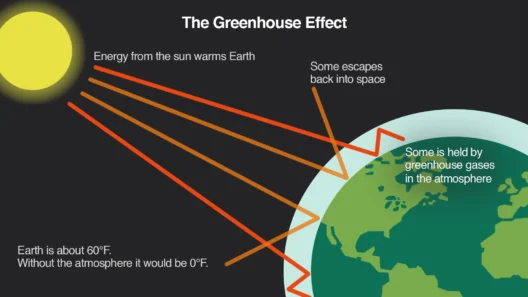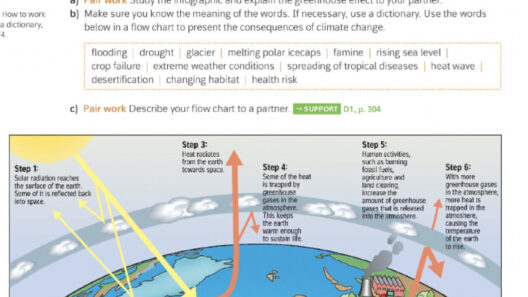Imagine a world devoid of the greenhouse effect—a planet where the phenomena of natural heat retention simply do not exist. What would this altered Earth feel like? It poses an intriguing, yet formidable question. The greenhouse effect, as we know, is crucial for maintaining the planet’s temperature, yet its absence could create a dramatically different environment.
Before delving into the potential ramifications, let us first understand how the greenhouse effect operates. It is a natural process where certain gases in the Earth’s atmosphere trap heat from the sun, creating a temperature balance that sustains life. Without these gases—such as carbon dioxide, methane, and water vapor—the Earth would plunge into a frigid state, resembling the frozen surfaces of celestial bodies like Mars.
What would a day on Earth be like without the warmth provided by greenhouse gases? The implications stretch far beyond just chilly temperatures; the very fabric of life as we know it would unravel.
Chilling Temperatures: An Icy Catastrophe
Let us paint a vivid picture. With an unrelenting chill, average global temperatures would drop drastically, perhaps plummeting to a staggering minus 18 degrees Celsius (zero degrees Fahrenheit) or even colder. The climate would take on a much more glacial character. Snow and ice would blanket many regions, transforming lush green landscapes into tundras and frigid plains.
In such a realm, winters would become endless and summers fleeting, if not nonexistent. As temperatures hover near freezing, ecosystems would struggle to adapt. The dance of seasons as we know it would be replaced by a harsh, unyielding climate. Biodiversity would suffer immensely, leading to widespread extinctions. The emerging question arises: what adaptations or innovations might life muster to survive such extreme conditions?
The Disappearance of Liquid Water
Water, the fundamental essence of life, would also face dire consequences. With temperatures consistently below freezing, bodies of water would solidify into ice. Rivers and lakes as we know them would cease to exist in their liquid form. Imagine streams transformed into rigid corridors of ice, devoid of the dynamic ecosystems that usually thrive within them. The wetlands, once bustling with life, would become silent and desolate.
The ramifications of frozen landscapes extend beyond mere aesthetics. Aquatic life—a cornerstone of our planet’s biodiversity—would be pushed to extinction. Fisheries, integral sources of nutrition and livelihoods for millions, would vanish. This not only raises concerns for global food security but also reflects how intricately connected all ecosystems are. The ripple effects would disrupt food chains, diminishing the animal populations that rely on aquatic prey.
The Withering of Flora: A Greenery Crisis
As temperatures plunge, flora would similarly suffer. Plants are commonly adapted to specific temperature ranges and rely on a delicate interplay between warmth and hydration. Without adequate heat and liquid water, photosynthesis—the critical process by which plants convert sunlight into energy—would diminish considerably. The lush forests we cherish would be reduced to sparse patches or completely eradicated, replaced by barren landscapes incapable of supporting life.
Consider forests that today act as vital carbon sinks, absorbing CO2 and helping combat climate change. Without them, greenhouse gases would accumulate unchecked, further exacerbating the climate crisis we currently face. The interconnectedness of life becomes apparent when one realizes that the loss of plant life affects not just the ecosystem but human existence as well.
Human Implications: The Struggle for Survival
The absence of the greenhouse effect transcends environmental impacts; it presents genuine challenges to human survival. A world without heat retention would mean not just frigid temperatures but an exhaustive rethinking of how we live. Agriculture, which thrives in temperate conditions, would struggle to flourish. Crops would fail, and food shortages would become the norm rather than the exception, giving rise to hunger and conflict over diminishing resources.
Moreover, our very architecture, designed to harness light and warmth, would require radical redesign. Communities would potentially cluster near geothermal areas or hot springs, maximizing any available warmth, while vast sections of land would transition from habitable to uninhabited. Would our migration patterns shift as we seek refuge from the harsh cold? Questions of survival would take precedence.
Turning a New Leaf: What Can Be Done?
While the consequences of a world without the greenhouse effect paint a bleak picture, it serves as a prompt for us to appreciate the delicate balance of our environment. If life can adapt, it surely demonstrates the resilience of nature. This scenario challenges us to consider not just hypothetical situations but our role in combatting the detrimental aspects of global warming.
We stand at a crucial juncture. As we witness the alarming signs of climate change, it becomes imperative to push for sustainable practices that preserve the balance we currently enjoy. By reducing our carbon footprint, investing in renewable energy, and advocating for policies that limit greenhouse gas emissions, we can work towards a future where we retain the benefits of the greenhouse effect while safeguarding our planet.
Ultimately, envisioning an Earth without natural heat retention invites us to ponder the fragility and interconnectedness of life. The time to act is now—before we find ourselves peering into the icy abyss of a world we could have saved.
